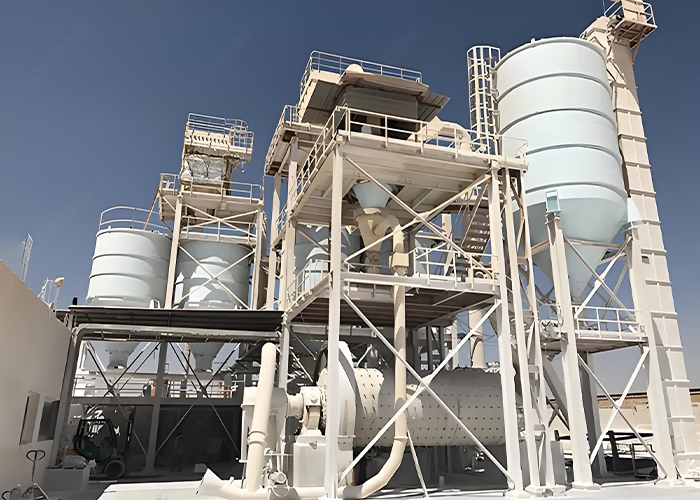全站搜索
Search the entire website
Search the entire website
A successful calcite grinding plant design is a manufacturing strategy. It starts by defining your target customer and the exact specifications they need, then building a system that can deliver that quality consistently and efficiently.
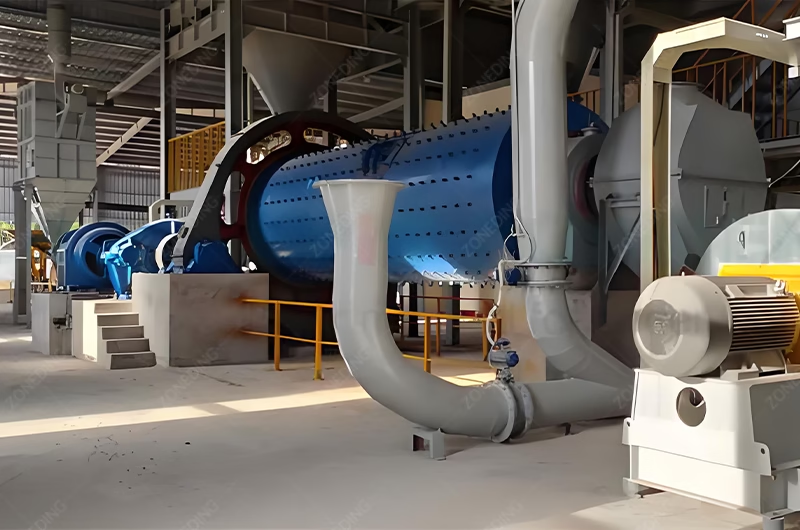
This is the first and most critical design question. You cannot be everything to everyone. The requirements for a plastic filler are fundamentally different from those for a paint grade calcium carbonate. Your choice here determines your entire process flow.
Your end market dictates the critical quality parameters for your product. Plastics require good dispersion and low abrasivity, coatings need controlled fineness for opacity, and paper demands the highest whiteness and purity.
Designing a plant without a clear market focus is like building a ship with no destination.
Each industry uses calcite powder for a different reason, and your design must cater to that specific need.
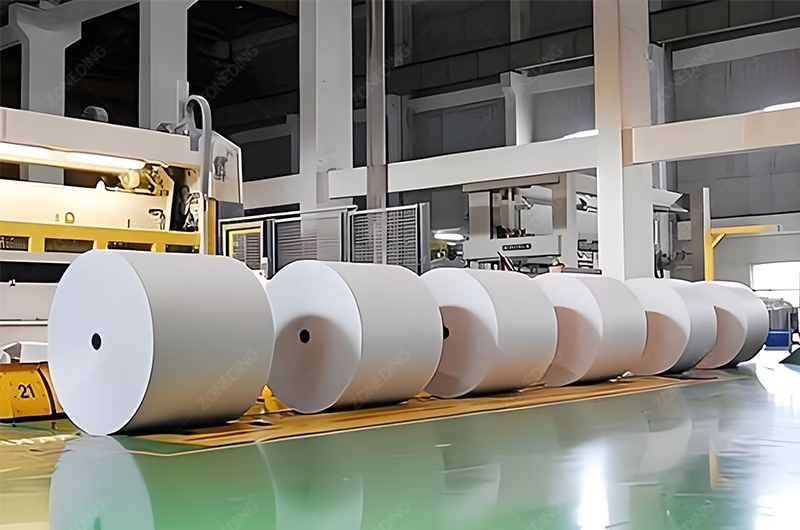
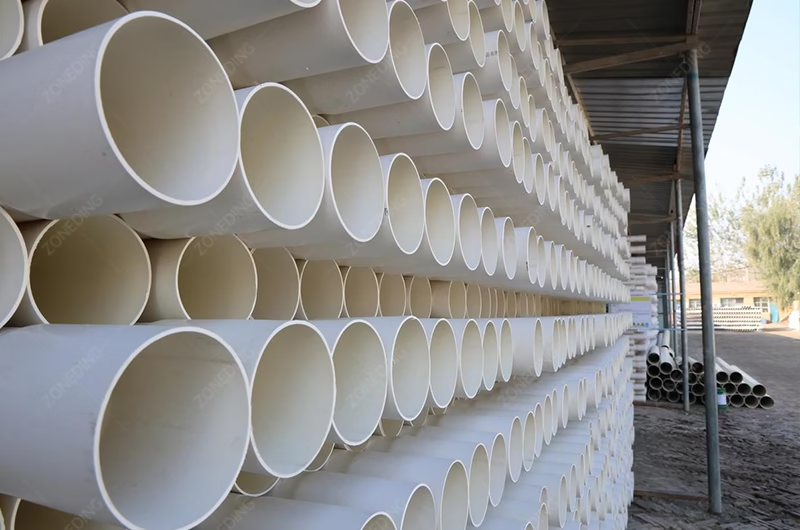
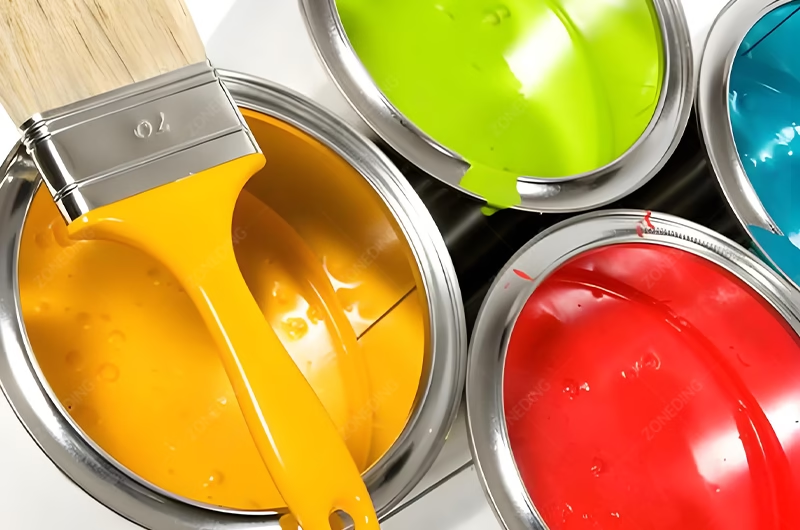
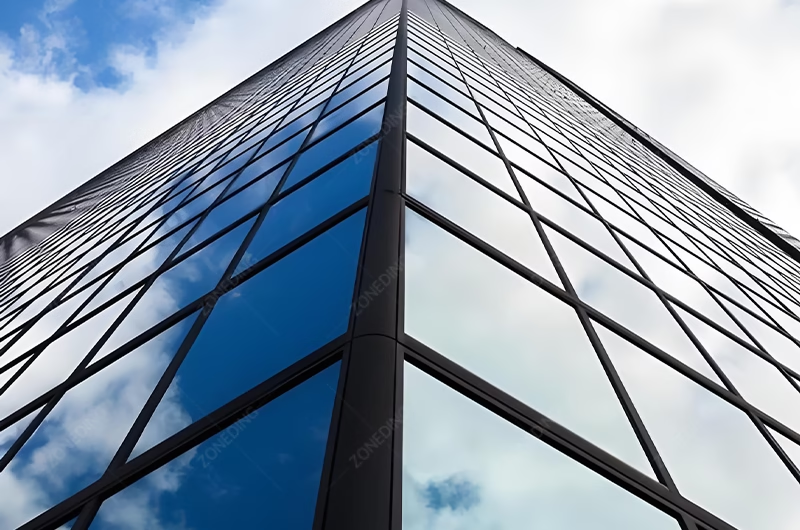
In plastics, calcite is a functional filler. Its main jobs are to reduce the amount of expensive polymer resin used and to improve properties like stiffness and impact strength. The most critical requirements are:
In paints, calcite (also called GCC – Ground Calcium Carbonate) is an extender pigment. It helps control the sheen, opacity, and consistency of the paint. The key demands are:
In the paper industry, paper grade calcite is used as both a filler and a coating pigment. It increases the paper’s brightness, opacity, and printability.
| End Market | Primary Requirement | Implied Design Focus |
|---|---|---|
| Plastics/PVC | Dispersion & Low Abrasion | Surface Coating System, Strict Raw Material Purity |
| Coatings/Paint | Fineness & Whiteness | High-Performance Classifier, High-Purity Raw Material |
| Paper | Whiteness & Ultra-Fineness | High-Purity Raw Material, Ultra-fine Grinding Circuit |
The required fineness of your product is the main factor that determines the type of grinding technology you need. A mill that is efficient for a coarse product can be extremely inefficient for a fine one.
Your target fineness dictates the choice of grinding mill. A Raymond mill is excellent for general purpose grades (325-400 mesh). A Vertical roller mill is a highly efficient choice for fine grades (800-1250 mesh). An ultra-fine ball mill with classifier is needed for products finer than 2500 mesh.
Remember, your customer is not just buying an average particle size (d50). They are buying a guarantee against oversized particles (d97). This means the air classification system is just as important as the mill itself.
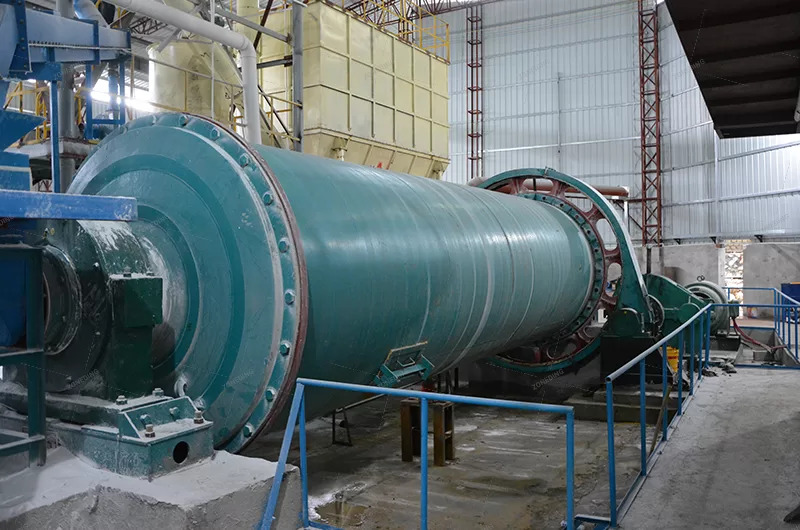
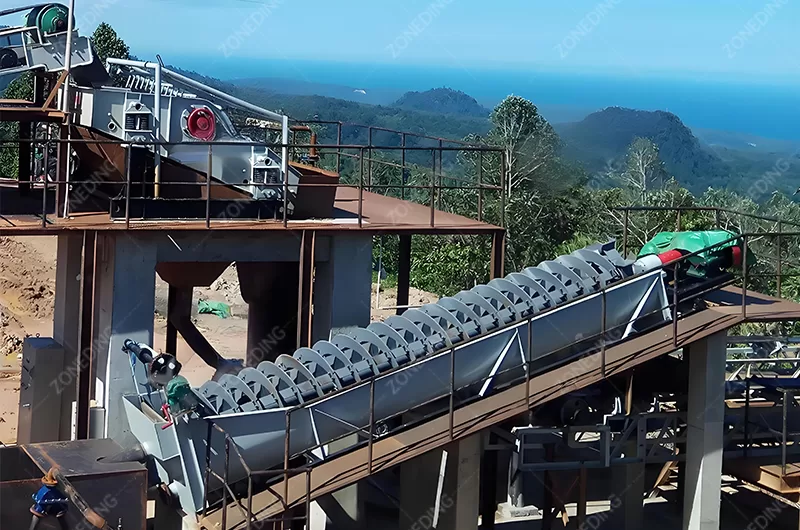
Choosing the right mill is about matching the machine’s strengths to your product’s specifications.
For this range, a Raymond mill is a cost-effective and reliable solution. It is an air-swept mill that combines grinding and primary classification in one unit. It is simple to operate and maintain, making it ideal for producing common filler-grade products.
This is the sweet spot for modern vertical roller mills. A VRM is more energy-efficient than other systems for producing these finer grades. It uses high-pressure rollers to grind the material, and it has an integrated high-performance classifier that allows for precise control over the final product fineness. A single VRM can replace a traditional system of a ball mill, elevator, and classifier, resulting in a smaller footprint and simpler operation.
To produce an ultrafine calcite grinding mill product, especially for paper coating applications, a wet or dry ball mill circuit is often required. This system pairs a ball mill with one or more high-performance turbo classifiers. The ball mill provides the grinding energy, and the classifiers select only the finest particles to become the final product, returning the coarser particles to the mill for more grinding.
For many of the most profitable markets, especially plastics and PVC, simply grinding the calcite is not enough. The powder must be coated to make it compatible with the customer’s polymer resins.
Yes, surface modification is essential for high-end applications. A powder coating process using a specialized surface coating machine transforms the calcite from a simple filler into a high-performance additive, significantly increasing its value and marketability.
I consider the coating system a “plant-within-a-plant.” It is a chemical process that requires the same level of design care as the main grinding circuit.
A proper coating system is a precision machine, not a simple mixer.
Raw calcite is hydrophilic, which means it attracts water and repels oil-based substances like plastic. This causes it to clump together and mix poorly into polymers. Coating the surface of each particle with a thin layer of an agent like stearic acid makes it hydrophobic (water-repelling). This coated, or “activated,” calcium carbonate disperses easily and bonds well with the polymer matrix.
Simply tumbling the powder with the coating agent in a blender is not effective. A world-class design uses a high-intensity continuous coater, often a type of pin mill.
A profitable factory is a complete, balanced system, not just a big mill. Neglecting the supporting equipment is a common cause of bottlenecks and inefficiency in a calcium carbonate production line.
A complete turnkey project design must include a robust front-end crushing system, reliable material transport (elevators, conveyors), buffer silos for stable feeding, and an automated final product packaging and storage system.
Every piece of equipment in the chain must be sized to work together seamlessly.
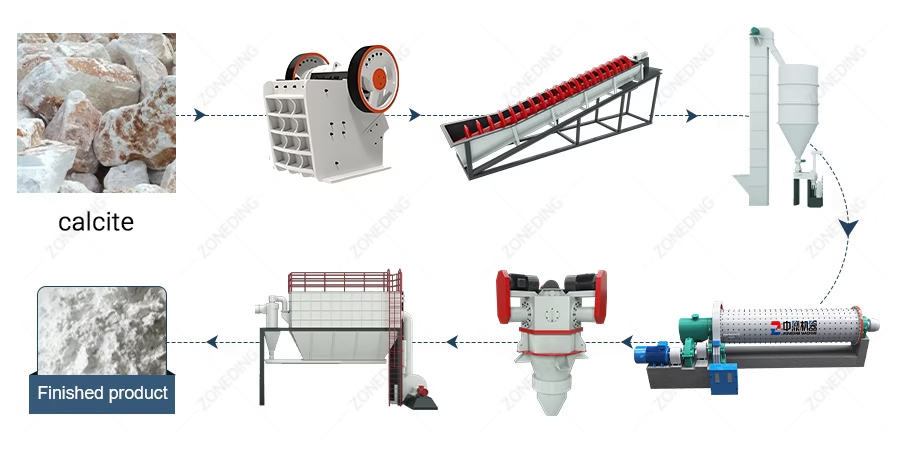
A logical plant layout is essential for an efficient operation.
You cannot create whiteness in a grinding plant; you can only preserve the whiteness that is in your raw material. The most critical design decisions for ensuring quality happen before you even select a mill.
Product quality starts at the quarry. The plant design must ensure whiteness and purity by first selecting high-quality raw calcite and then preventing contamination during processing, especially from the wear of steel grinding parts caused by abrasive silica.
I always tell my clients that the quarry is the CEO of the project; it makes the most important decisions.
Your plant’s job is to protect the inherent value of your raw material.
The choice between a lower-cost traditional system and a more modern, efficient system is a key financial decision. You must balance the initial project investment cost with the long-term operating cost, primarily electricity.
A design using a modern Vertical Roller Mill (VRM) will have a higher initial investment but offers significantly lower power consumption per ton compared to a traditional ball mill and classifier system, leading to a much better long-term return on investment.
The cheapest plant to buy is rarely the cheapest plant to own and operate.
Your design choice is a trade-off between capital expenditure (CAPEX) and operating expenditure (OPEX).
This system uses a ball mill for grinding and a separate, external classifier. The initial purchase price for the equipment can be lower. However, ball mills are not the most energy-efficient grinding machines. A lot of energy is wasted lifting the steel balls and generating heat and noise. For fine grinding, this system will have a consistently higher electricity bill for every ton of product you produce.
A VRM integrates grinding, drying, and classifying into one compact, highly efficient machine. The direct grinding pressure from the rollers is a more energy-efficient way to break down calcite. While the initial investment in a VRM is higher, the savings on your electricity bill start from day one and accumulate over the entire life of the plant. For any medium to large-scale project, the VRM system almost always delivers a lower total cost of production.
In today’s world, a modern industrial plant must also be a clean and safe plant. Dust control is not an option; it is a core part of the design.
A well-designed plant achieves dust-free operation by ensuring the entire calcite powder processing system is sealed and operates under negative pressure. High-efficiency pulse jet baghouse dust collectors are used to filter all exhaust air, capturing 100% of the product and releasing clean air.
A clean plant is a safe plant and an efficient plant. Dust is simply valuable product in the wrong place.
The entire design philosophy should be to contain the powder within the system.
A successful calcite grinding plant is the result of a market-focused design strategy. It begins by defining your product’s quality specifications and then engineering a complete, balanced, and efficient system to achieve them. This approach transforms a simple mineral into a valuable industrial product.
